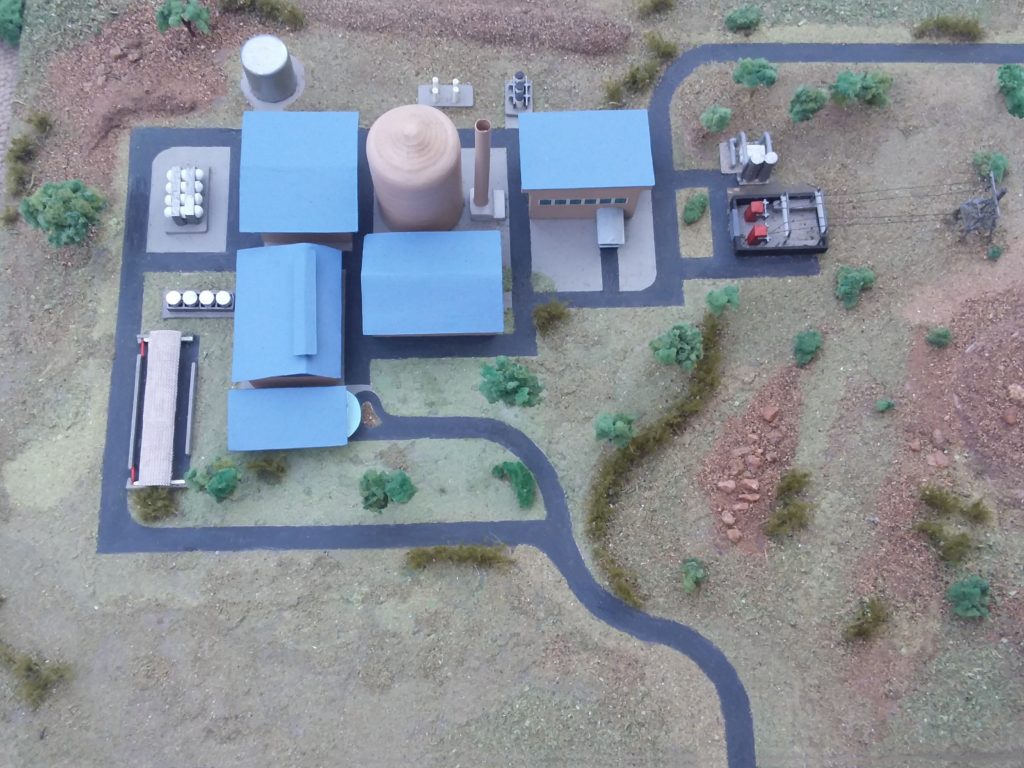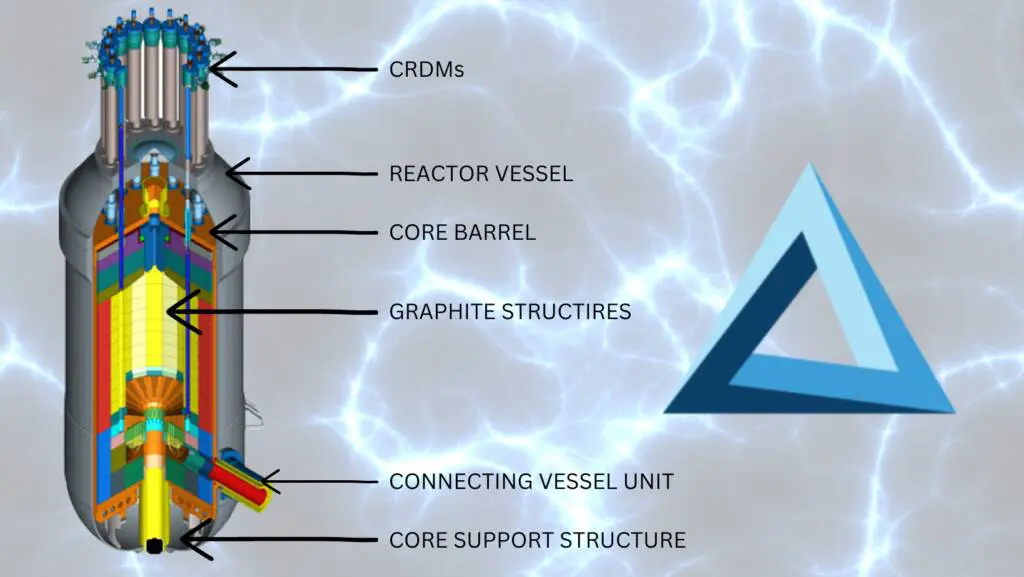International
What is the best nuclear power solution for South Africa?

The South African government and scientists want to build a new generation of mini nuclear reactors (SMRs), both to fill the gaps in their country’s power grid plagued by blackouts and to build an export industry for the future. It is an ambitious program, but is the southern country suitable for its use?
In South Africa, Stratek believes it can provide a solution to this problem with a gas-cooled reactor solution that can provide power for the country’s industrial development, bringing energy to where it is needed.
South Africa: an energy nightmare developed over time
South Africa’s energetic problems, resulting from years without serious investment in either new power plant construction or line maintenance, are under everyone’s eyes. Eskom, the country’s energy company, relies on coal, which is plentiful, albeit dirty, and theoretically reliable, but power plants can no longer cope with energy demand, and even by 2024, as Bloomberg points out, rolling blackouts have been predicted, endangering economic development but also infuriating households.
Some experts, such as Kelvin Kemm, a nuclear physicist and CEO of the Pretoria-based private company Stratek Global, believe South Africa is ideally positioned to take the lead in the development of fourth-generation reactors.
“I think the future is not just around the corner; I think the future has arrived,” Kemm told AFP in an interview in his garden in the Pretoria suburbs.
“I see that in the next half-dozen years there will be a massive worldwide proliferation of nuclear energy of all sizes, and in the next 24 months there will be a huge shift in opinion. I think South Africa is already a leader.”
A long-lasting, but dated, nuclear experience
South Africa’s journey into civilian nuclear power began in 1976 with the construction of the Koeberg nuclear power plant on the South Atlantic coast north of Cape Town.
It was commissioned 40 years ago, in 1984, and has a capacity of just under 2,000 megawatts, a small fraction of the 27,000 MW that the much-weakened state-owned power company Eskom is able to supply, thanks mainly to its carbon-intensive coal-fired power plants. However, the plant, with French reactors, is old and has had a number of accidents in its history.
But domestic electricity demand often peaks at more than 32,000 MW a day, and South Africans face rolling blackouts, or “load-shedding,” that can last up to 12 hours a day, a serious burden on the economy of what is supposed to be the continent’s powerhouse.
This has led to the spread of solar panels in homes precisely to address these shortcomings, but these are palliatives that do not solve the structural problem of energy shortages.
In December, the government announced that it would commission the first of a new series of nuclear power plants by 2033, adding another 2,500 megawatts of capacity, and that it would refurbish Koeberg and extend its life for another 20 years.
Why South Africa is poorly suited for conventional nuclear power
Large plants like Koeberg, with its two French-designed pressurized water reactors (PWRs), must be located near the ocean to allow 80 tons of cold water per second to be pumped in to cool the reactors.
Most of South Africa, however, is arid, and its commercial center, Johannesburg, and its energy-intensive mines and industries are far from the sea. The capital, Pretoria, is as far from Cape Town’s cool Atlantic shores as Rome is from London. Bringing water inland is a big problem.
That’s where Stratek hopes to come in with its high-temperature modular reactor (HTMR-100). It is a helium-cooled araffed nuclear plant using the new TRISO atomic caombustible, in which the fissile material is enclosed in ceramic capsules to prevent uncontrolled fissions. It has a capacity of 100 MW and, as a by-product, produces large amounts of heat that can be used for industrial purposes, such as in chemistry.
The plant is conceptually similar to one designed by, for example, X-energy, which has similar energy production.
According to Kemm, which is already in talks with international operators from France and South Africa, these helium gas-cooled reactors can be installed in groups of up to 10 or typically six to power ready-made steam turbines. About ten plants could each be built that could generate 300 MW and thus meet the needs of large mining or chemical plants.







